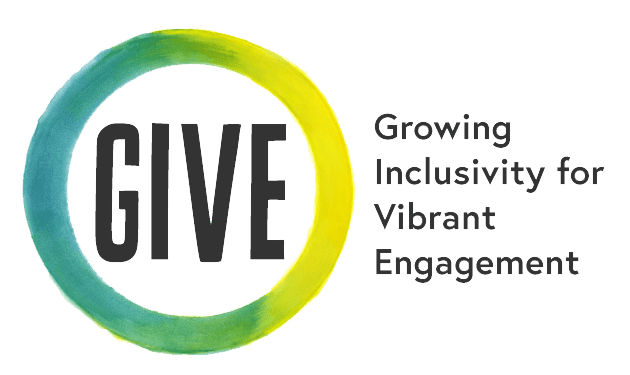Trauma-Informed Teaching and Healing-Centered Practices
 Learn
Learn
According to the National Center for PTSD, approximately 15% to 43% of girls and 14% to 43% of boys will experience at least one trauma. The percentages vary depending on the types of trauma these young people experienced.
 Learn
Learn
Just as there’s no one form of trauma, there’s no single way that trauma manifests in the classroom or elsewhere in life. Given that, it makes sense that there’s no singular way to recognize signs of trauma, but common reactions you may see in students are Fight, Flight, Freeze, Fawn, and Flop. There’s more on those below.
 Try
Try
Incorporating social and emotional literacy (SEL) into your curriculum can help validate the emotions of students experiencing trauma and help students recognize and react to a wide variety of emotions.
Note
To avoid creating or upholding traumatizing systems, it is important to also engage in self-reflection concerning your own positions of power, privilege, values, history, beliefs, and experiences of trauma. Explore more in GIVE Resource: Creating Stigma-Free Classrooms.
| Type of Reaction | Behaviors Exhibited |
|---|---|
| FIGHT | Crying, tantrums, reactivity, explosive temper, kicking, throwing, irritability, disruptions, clenched jaw, resisting authority, glaring, yelling, nausea |
| FLIGHT | Restlessness, fidgeting, isolating themselves from peers, clinging to adults or caregivers, avoiding activities, leaving the classroom, eyes darting around the room, often ends friendships, feeling of entrapment |
| FREEZE | Lack of eye contact, lack of response, refusal to speak, holding breath, putting head down, one-word answers, numb, exhausted, disconnected, hides physically (hair or hoodie over face) or emotionally, gives up easily, escapes into videos or social media |
| FAWN | Appeases dominant or authority figures, peace-keeper, eager to please, aligns with other people’s choices and values, spaces out, has a hard time saying no, avoids potential conflict, yields, very polite, passive |
| FLOP | Disengagement, numbness, lack of emotional range, limpness, submissive |
The way people respond to trauma is not a choice—it is connected to brain development and psychology. These responses can sometimes be perceived by educators as misbehavior or disrespect. However, it’s important to recognize these behaviors as responses to trauma and stress and try not to make assumptions or take them personally.
The Window of Tolerance
“Say yes to the feelings, even as you say no to the behavior.”
― Daniel J. Siegel, No-Drama Discipline: The Whole-Brain Way to Calm the Chaos and Nurture Your Child’s Developing Mind
Dan Siegel came up with the term window of tolerance, which is a physical and emotional comfort zone. This is the space where students can relax, think, and learn.
Traumatized children can live 24/7 in or near that window. They can easily become hyper-aroused (overly aroused), which means they’ve overshot their window of tolerance, and have too much inner stimulation to regulate. In the classroom, that can look like fidgeting, aggression, or tension. Inside, it might feel like twitchiness, a racing heart, or breathing that stays shallow and fast.
In the other direction, they can be hypo-aroused (under-aroused). That’s when they start staring at nothing, slumping onto their desks, or avoiding participation. Inside, it might feel like weakness, a slow heartbeat, or exhaustion.
Often in schools, students are called out or punished for behaviors triggered by being outside their windows of tolerance. Students reacting to trauma can’t change their situations, and they may not have safe outlets or support. By incorporating trauma-informed practices into our sessions, we can get to know our students as human beings and help them find spaces where they can be comfortable and creative.
Acknowledge Student Emotions
Be Authentic and Transparent With Your Students
Incorporate Moments of Mindfulness, Movement, and Breath
Take Care of Yourself
Secondhand trauma is common enough that it has an acronym: STS, which stands for secondary traumatic stress—and it affects educators, especially those who work in areas with high rates of poverty, crime, and historical trauma. This article advocates finding support, incorporating coping strategies into your workday routine, and creating “coming home” rituals. Self-care isn’t selfish. Think of it as putting on your oxygen mask first, so you are able to help the people around you. Finding it a challenge to prioritize self-care? Until you know you’re worth it, remind yourself that your students deserve the healthiest possible you.
Healing-Centered Practices
To learn more about Healing-Centered work, check out this resource, which is a beautifully written piece on shifting our perspective from Trauma-Informed to Healing-Centered Teaching: “The Future of Healing: Shifting From Trauma-Informed Care to Healing Centered Engagement.”

